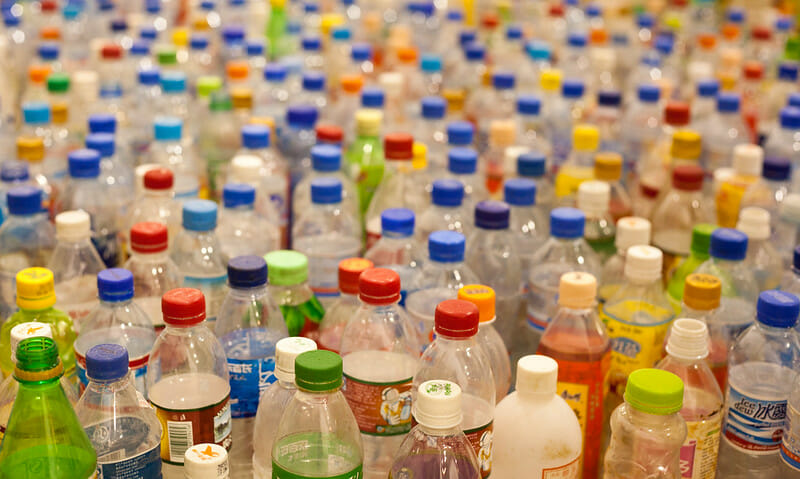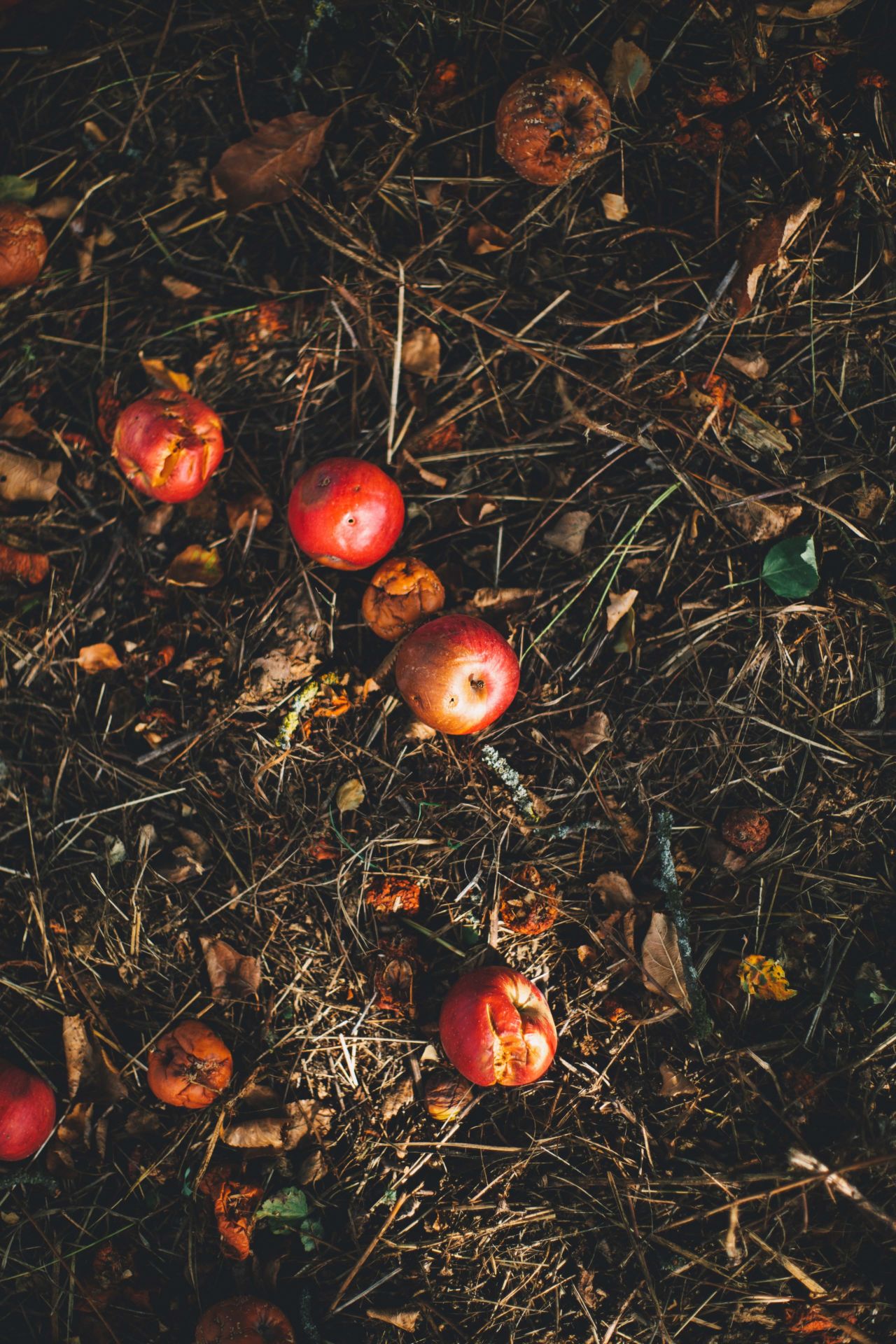Bottled water is 3500 times worse for the environment than tap water, according to a new report from the Barcelona Institute for Global Health (ISGlobal).
The study found that if every resident of Barcelona switched to bottled water, the raw materials would cost more than €70 million to extract every year, and would lead to the annual loss of 1.43 animal species.
This means bottled water has a 3500 times higher resource cost to the environment than tap water. Another way of computing this startling figure is to say that tap water has 0.0003% of the impact as its bottled counterpart.
In line with new ways of evaluating the impact of products, the report uses a “life cycle assessment” to calculate environmental impact. This method helps to cast light on the actual impact a product has, from the extraction of raw materials, manufacturing, transportation and distribution, to its use and disposal. This methodology means that a dirty manufacturing process is no longer able to hide behind recyclable materials and a green-washed brand.
Bottled water manufacturing, in particular, can no longer hide behind greenwashing: Roughly three times as much water as a bottle contains is used in its production. In the US alone the manufacture of bottled water uses enough oil to power 100,000 homes for a year. As long ago as 2016, over a million bottles a minute were made to service the bottled drinks industry, far outstripping the capacity of recycling plants.
Related Articles: Curbing the Plastic Pollution Pandemic | 4 Ways to Reduce Plastic Pollution
Bottled water remains the most bought drink in the US. The bottled water industry relies on the myth that their product is purer, healthier, and more glamorous than tap water. Well-edited images of clear springs, beautiful landscapes, and smiling models are common to our idea of bottled water. According to the Beverage Marketing Corporation and Kantar Media Intelligence, the industry as a whole spent $203 million on advertising in 2019.
The image of bottled water that these adverts have normalised is misleading and dangerous.
Bottled water is generally not purer. Lots of it comes from the same municipal supplies as tap water. Moreover, while municipal water supplies are subjected to strict regulatory processes and regular checks, bottled water is not tested to such strict levels of compliance. In America, the FDA does not require bottled water companies to use certified labs, report test results, or list ingredients and nutritional information.
It is a myth that bottled water is healthier than clean tap water. In 2018 the World Health Organisation found microplastics in 90% of bottled water. Water stored in bottles often contains BPA and other plastic toxins. These have been linked to liver and kidney damage and various cancers.
Not only is bottled water expensive for the consumer and disastrous for the environment, it has no clear advantages when it comes to quality and health. In fact, simple filtration devices ensure tap water is safer than potentially toxic bottled water. For those living in areas where tap water is clean, convenience appears to be the only advantage of bottled water, a convenience that comes at a great, unnecessary cost.
Bottled water is an example of the hangover of an age when environmental impact was an incidental factor in a product’s lifecycle. As the IPCC (International Panel on Climate Change) report released this week makes crystal clear, we cannot continue to live and consume as we did in the past.
We need to remember that bottled water is 3500 times worse for the environment than the cheap, healthy, safe alternative we can and must embrace to help in the fight for the future of our planet.
Editor’s Note: The opinions expressed here by Impakter.com columnists are their own, not those of Impakter.com. — In the Featured Photo: Plastic Bottles. Featured Photo Credit: Tom Page.










